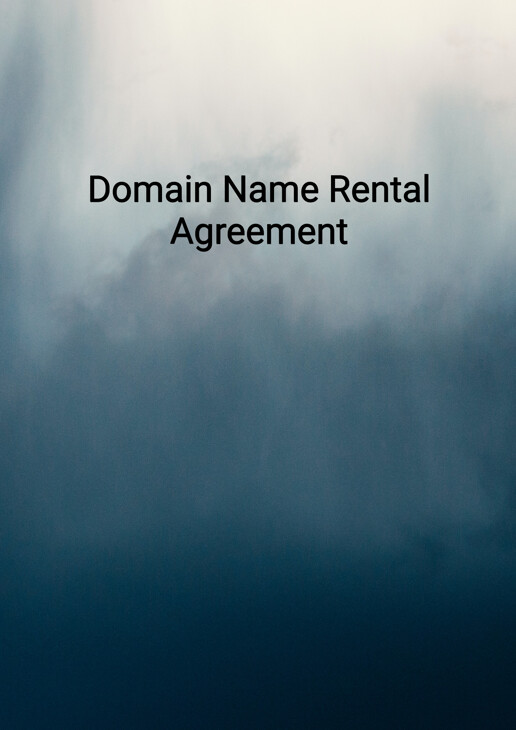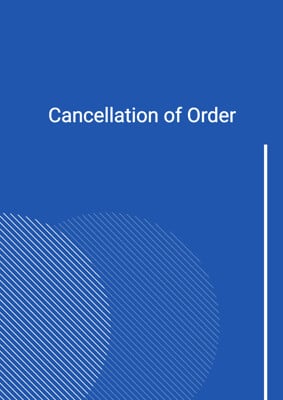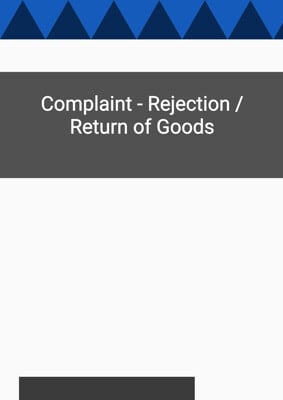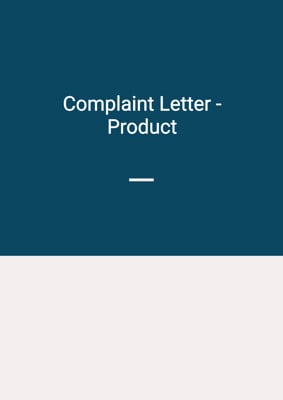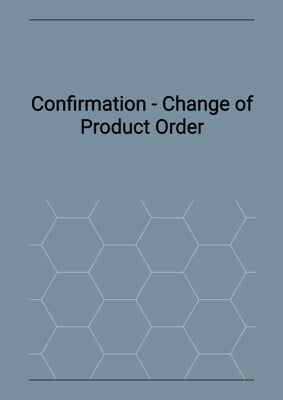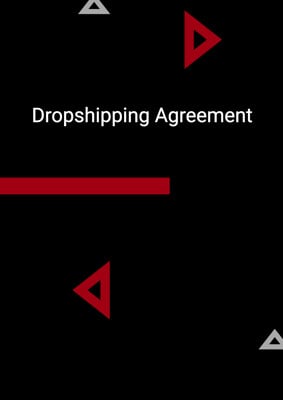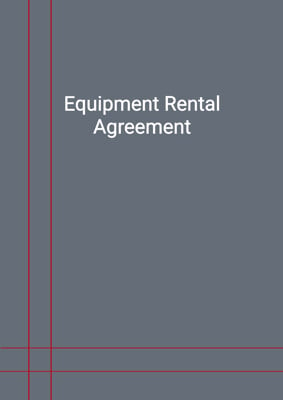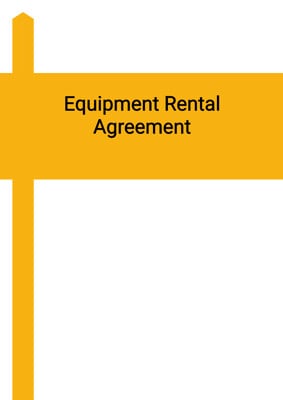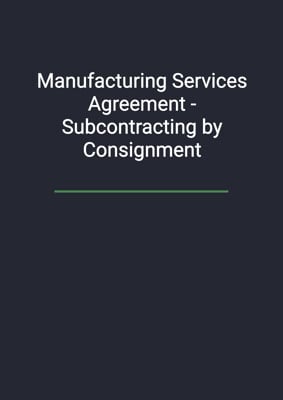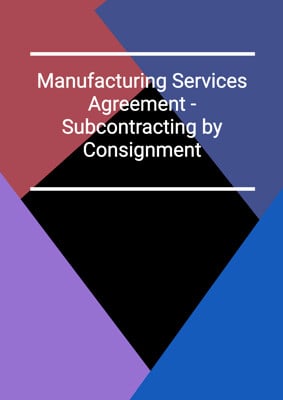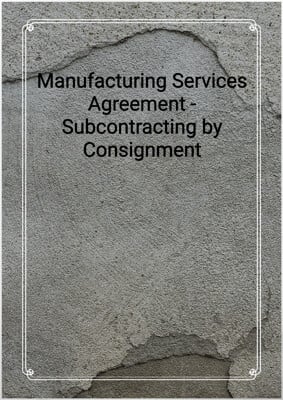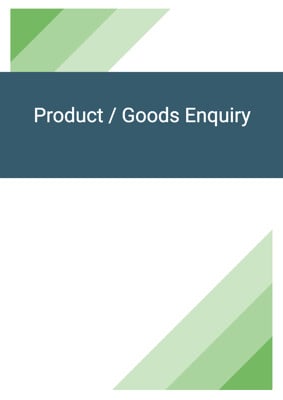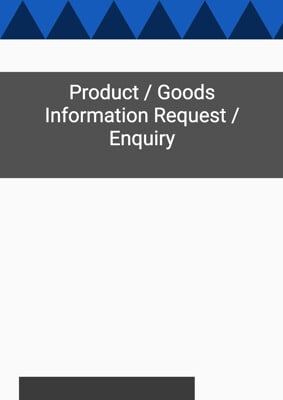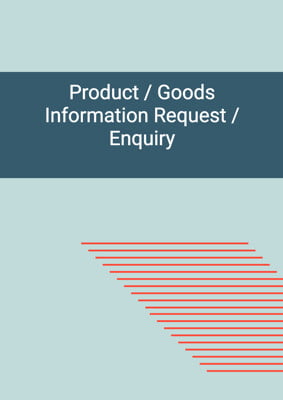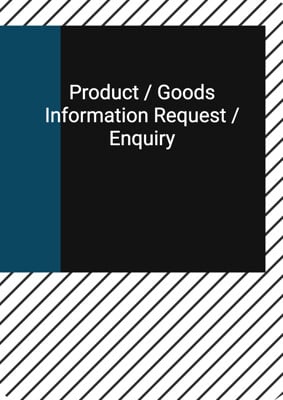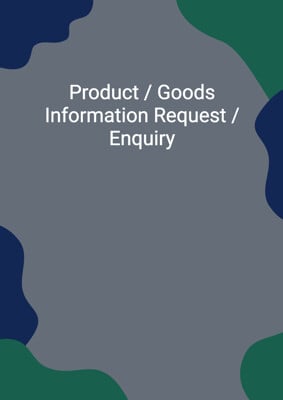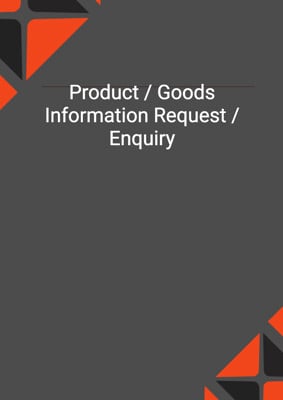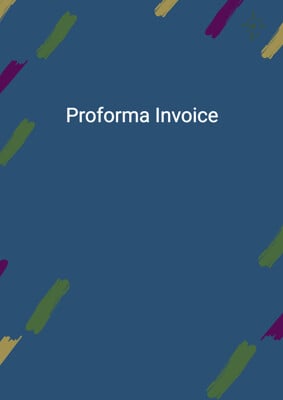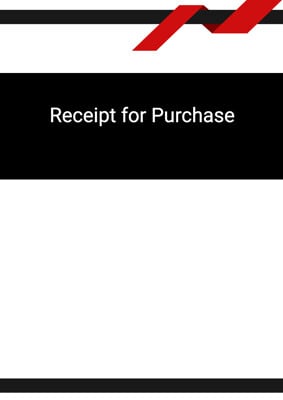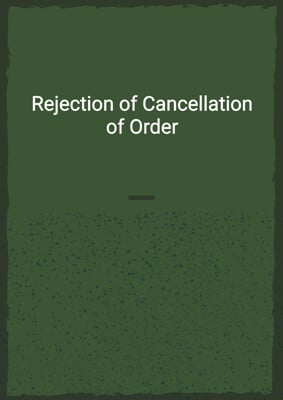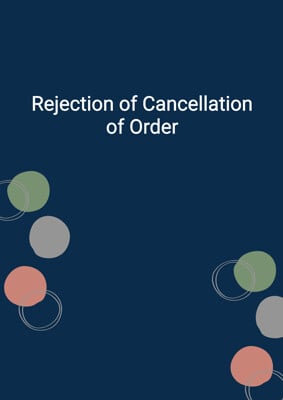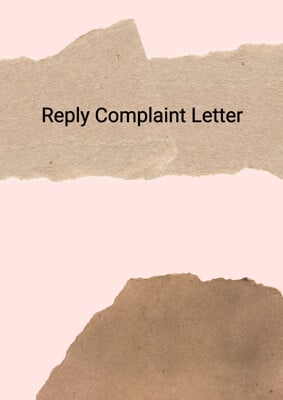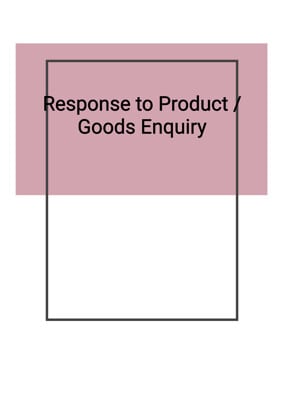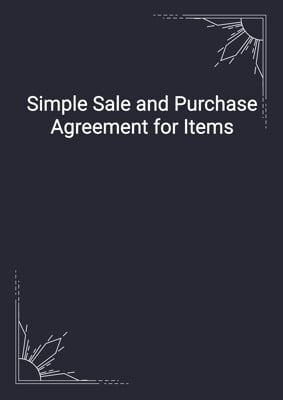How to Tailor the Document for Your Need?
01
Create Document
Fill in the details of the parties. You can click the "Fill with Member’s Information" button to complete it with information saved to your account.
02
Fill Information
Please fill in any additional information by following the step-by-step guide on the left hand side of the preview document and click the "Next" button.
03
Get Document
When you are done, click the "Get Document" button and you can download the document in Word or PDF format.
04
Review Document
Please get all parties to review the document carefully and make any final modifications to ensure that the details are correct before signing the document.
Document Preview
Document Description
The Domain Name Rental Agreement is a legal document that outlines the terms and conditions for leasing a domain name. It is important because it establishes the rights and responsibilities of both the lessor (the owner of the domain name) and the lessee (the party leasing the domain name). The agreement begins with a brief introduction, stating that the lessor owns the domain name and the lessee desires to lease it for a specific purpose.
The document is divided into several sections, each addressing different aspects of the lease. The first section, 'Lease', specifies that the lessor is leasing the domain name to the lessee for a certain term and at a specified rent. It also states that the lessee agrees to use the domain name for the designated purpose and acknowledges that it remains the property of the lessor.
The next section, 'Term', further elaborates on the duration of the lease. It states that the term of the lease is for a specific number of months, starting from a commencement date and ending on an end date.
The 'Rent' section outlines the payment terms for leasing the domain name. It states that the lessee is responsible for paying the rent on a period basis, without any deductions. The first payment is due on or before the commencement date, and subsequent payments are due on the first day of each month during the term. The lessee is also responsible for any applicable taxes, assessments, or license fees.
The 'Deposit' section explains that the lessee is required to pay a deposit within one business day after signing the agreement. If the lessee terminates the lease without any violations, the lessor is not required to return the deposit. However, if the lessee breaches any part of the contract, the lessor has the right to retain part or all of the deposit as compensation, provided that evidence is provided.
The 'Warranties and Disclaimer' section states that the lessor warrants that they have the right to lease the domain name and that it is registered in their name. The lessor is also responsible for paying all fees for the registration of the domain name throughout the term.
The 'Lessor's Responsibilities' section further elaborates on the lessor's responsibilities. It states that the lessor will be responsible for delivering the domain name to the lessee within the agreed timeframe by transferring the nameserver and technical contact information. It also clarifies that the lessor retains ownership of the domain name throughout the lease.
The 'Lessee's Responsibilities' section outlines the lessee's obligations. These include promptly paying the rent and deposit, using the domain name for the designated purpose, complying with applicable rules and regulations, and notifying the lessor of any claims or legal proceedings related to the use of the domain name.
The document also includes a 'Purchase Option' section, which grants the lessee the option to purchase the domain name during the term by providing a written notice to the lessor.
The 'Termination of the Lease' section explains the circumstances under which the lessor can terminate the lease, such as non-payment of rent, bankruptcy/insolvency of the lessee, breach of the lease, or a written notice from the lessor. Upon termination, the lessor has the right to deduct any outstanding payments from the deposit.
The 'Notices and Service' section specifies the methods of delivering notices between the parties, including hand delivery, email, and post. It also provides the addresses and contact information for each party.
The 'Miscellaneous' section includes general provisions, such as the entire agreement clause, severability clause, waiver clause, and the forfeiture of the deposit as liquidated damages. It also states that the lessee agrees to use the domain name at their own risk and is responsible for obtaining their own insurance.
The 'No Rights Under Contracts for Third Parties' section clarifies that only the parties involved in the agreement have the right to enforce its terms. Finally, the 'Law and Jurisdiction' section states that the document is governed by the laws of the applicable jurisdiction state and that any disputes shall be resolved in the courts of that jurisdiction.
How to use this document?
To use the Domain Name Rental Agreement, follow these steps:
1. Enter the relevant information: Fill in the names and addresses of both parties (lessor and lessee) in the agreement, along with their principal place of business. This ensures that both parties are clearly identified.
2. Specify the purpose, term, and rent: Clearly state the purpose for which the lessee intends to lease the domain name. Specify the term of the lease in months, along with the commencement and end dates. Also, specify the rent payable for leasing the domain name on a period basis.
3. Pay the deposit: The lessee is required to pay a deposit within one business day after signing the agreement. Ensure that the deposit is paid promptly to secure the lease.
4. Understand the warranties and responsibilities: Both parties should be aware of the lessor's warranties and responsibilities. The lessor warrants that they have the right to lease the domain name and will be responsible for paying the registration fees. The lessor is also responsible for delivering the domain name within the agreed timeframe.
5. Fulfill lessee's responsibilities: The lessee must fulfill their responsibilities, including promptly paying the rent and deposit, using the domain name for the designated purpose, and complying with applicable rules and regulations. The lessee should also notify the lessor of any claims or legal proceedings related to the use of the domain name.
6. Consider the purchase option: If the lessee wishes to purchase the domain name during the term, they must provide a written notice to the lessor expressing their intention. The purchase price should be mutually agreed upon.
7. Understand termination conditions: Both parties should be aware of the conditions under which the lessor can terminate the lease. This includes non-payment of rent, bankruptcy/insolvency of the lessee, breach of the lease, or a written notice from the lessor. Understand the consequences of termination, such as the deduction of outstanding payments from the deposit.
8. Follow the notice and service requirements: Ensure that any notices or communications between the parties are delivered in accordance with the specified methods (hand delivery, email, or post). Use the provided addresses and contact information.
9. Review the miscellaneous provisions: Familiarize yourself with the miscellaneous provisions, such as the entire agreement clause, severability clause, waiver clause, and the forfeiture of the deposit as liquidated damages. Understand the implications of these provisions.
10. Seek legal advice if needed: If you have any doubts or concerns about the agreement, consider seeking legal advice to ensure that your rights and interests are protected.
Remember, this guidance is for informational purposes only and should not be considered as legal advice. It is important to consult with a legal professional to address your specific circumstances and requirements.
Not the right document?
Don’t worry, we have thousands of documents for you to choose from:
